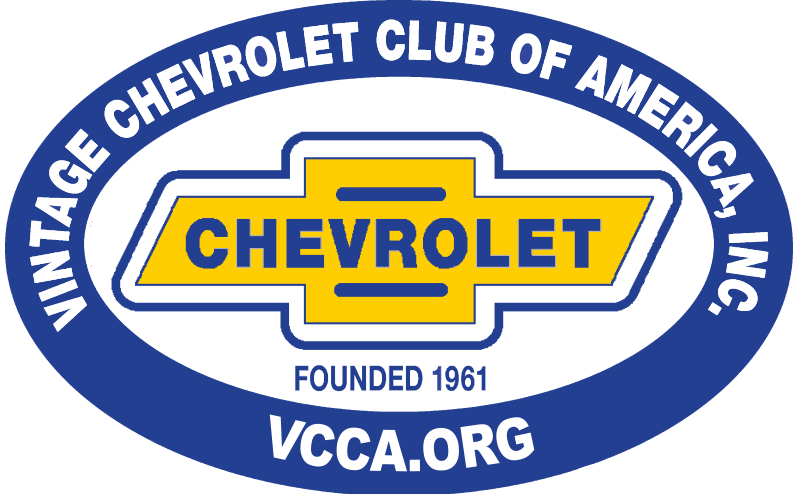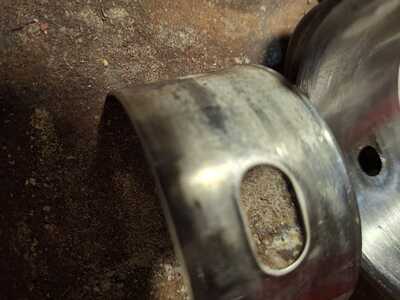7046 old site posts
Save a life, adopt a senior shelter pet
There are many good people. If you can't find one, be one.
1938 Master Business Coupe
1953 210 Sedan
Waiting for pictures but...
You appear to have not understood what I wrote above (or I just did a poor job of explaining).
Either way, I've been trying not to be the bearer of bad news, but I suspect your engine may be beyond anything but starting over with another major rebuild.
☹️
PS
The most frequent cause of a spun bearing is lack of oil resulting in at least partial seizure of the bearing on the shaft.
Ole S Olson
Saskatoon, Sask, Canada
1946 DR 3/4 ton stake
1139 old site posts
The bearing was spinning in place with oil lubricating both sides of the insert. No roughed up surface. Im going to download some pics. You can clearly see the brass shim does nothing but increase the ID of the rod. The brass stops short of the bear⁶6ing shell. If the rod was ma hined to proper size to accept an insert, why need a shim?⁷
As I wrote above...
"IF there are shims, they MUST extend in over the parting surfaces of the shells and nearly to the crankshaft journal."
Ole S Olson
Saskatoon, Sask, Canada
1946 DR 3/4 ton stake
1139 old site posts
As you can see, the shim does not fit between the insert. You are thinking of the babbit rods.
No... I'm not, and obviously I can't help you.
There are just too many unknowns here and not enough answers.
Sorry.
PS
The surface of your bearing that is supposed to be running on the crankshaft doesn't look like any rod bearing I've ever seen.
Looks like the surface has been wiped completely off.
PPS
The shim you show is the proper shim for an original style babbit rod and I have no idea why you would put it there.
The original MAIN bearings in 216 Chev engines WERE shell bearings WITH shims set up as I described above.
So, as I said...
"IF there are shims, they MUST extend in over the parting surfaces of the shells and nearly to the crankshaft journal."
Ole S Olson
Saskatoon, Sask, Canada
1946 DR 3/4 ton stake
1139 old site posts
I was just going through some of the posts and I found this one that sounded interesting, but what I found most interesting was the video. My grandfather invented those dippers. This story was told to me by my dad and verified by both of his brothers. It seems that by 1932 the Chevy 6 was known for having a propensity to burn the rod bearings. As it happened, a business rep from the Oakland plant was making his rounds and ended up in Spokane WA., where my grandfather worked, with burnt rod bearings. It was decided, by who I don't know, to try and find the problem. My grandfather cut holes in the pan and put glass in the holes. They then put the car on the lift and started it. They discovered that as the RPM increased, the windage forced the oil up the sides of the pan such that there wasn't enough oil in the bottom of the pan for the rods to dip into to get lubricated. My grandfather then made the little dippers and the rep returned to Oakland without any rod bearing failure. My grandfather wanted a penny a piece for his invention, but Chevy gave him $5,000 instead, which in 1932 was a pretty nice chunk of change. I have yet to see any of these as I've never worked on an engine of that vintage, and so the video was and education to me. Thanks for posting it.
Ken






